From the low forest to the high forest
This page is only available for mobile

Forest management past and present
From the low forest to the high forest
In times when coal and oil were not available everywhere, wood was the main source of energy. In order not to waste valuable logs, deciduous tree species capable of regenerating (e.g., oak, beech, hornbeam) were used for firewood. They can re-sprout repeatedly from a cut stump and can be harvested every five to 30 years. This type of cutting creates shrub-like trees and a special type of forest: the low or coppice forest.
Forest management in the Osnabrück region
Coppice forest management was common in our private forests until the 20th century. Typical rejuvenation for the Osnabrück region was carried out by bending new shoots to the ground and fixing them there. But, from 1770 onwards, they started to clear the state forests of this low forest and to replace them with planted high forests.
Low or coppice forest (past)
After a tree has been cut down, several new shoots develop on the remaining stump, which grow into weaker trunks until the next harvest. This provides a constant source of firewood that is easy to transport, split, and dry.
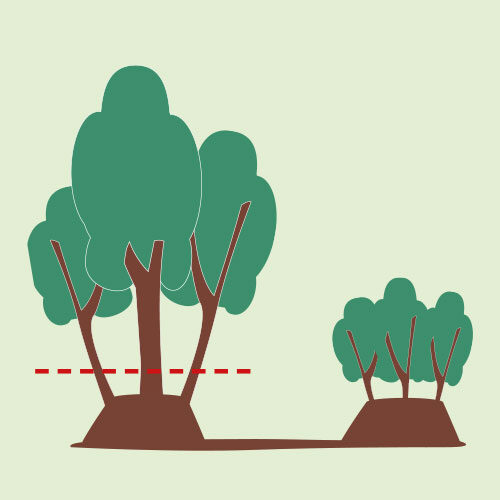
High forest (present)
Trees are only felled when they have reached the desired trunk diameter for use as building timber. During the growth period, trees are regularly removed in the course of forest maintenance (thinning) to optimize the stability and quality of the stand.
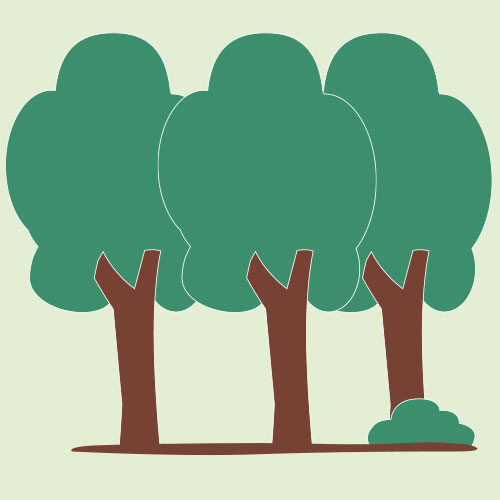
“Cultural” heritage of forests in the Osnabrück region
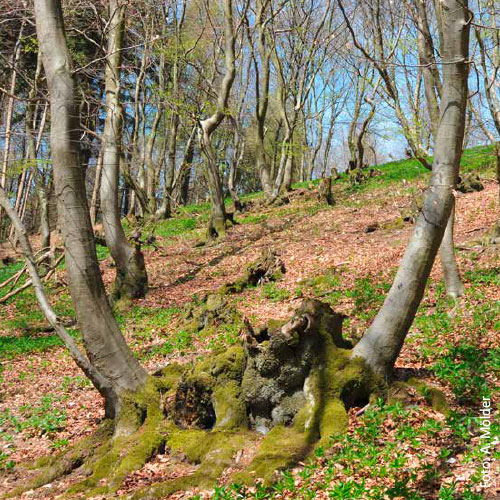
The remaining beech tree coppice forests with their abundance of tree structures and specialized species are unique to Europe. Here you can see a long-unused private coppice forest near Hilter in the Teutoburg Forest.
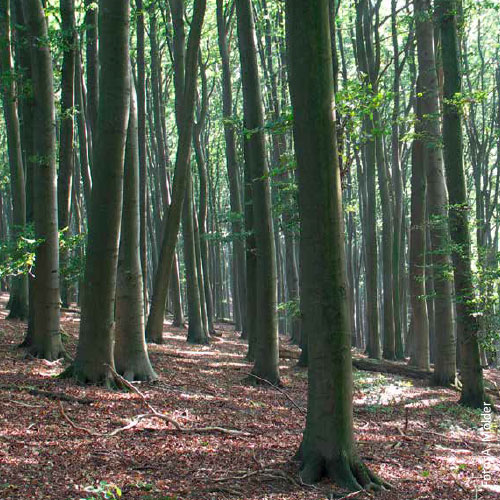
The trees in the high forest are also called core growths. They grow up from seedlings to stately trees without being cut. Here is a stand of beech trees in the Großer Freeden (Great Freeden) natural forest near Bad Iburg. This forest, owned by the state of Lower Saxony, has been allowed to develop naturally without logging for almost 50 years.
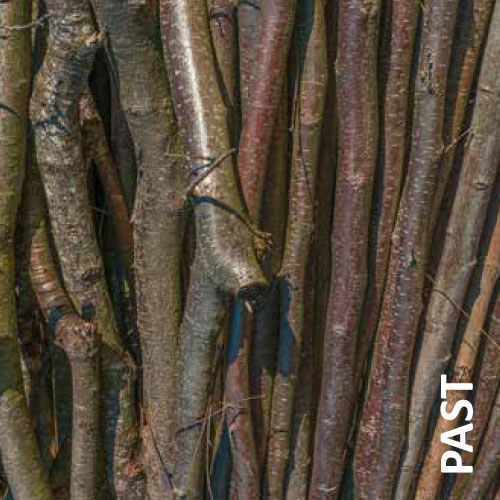
Low or coppice forest
When suitable tree species, such as oaks, are cut down to about knee height, several new shoots develop that, after 15 to 20 years, can already be harvested as firewood. They are convenient to transport, dry, and split.
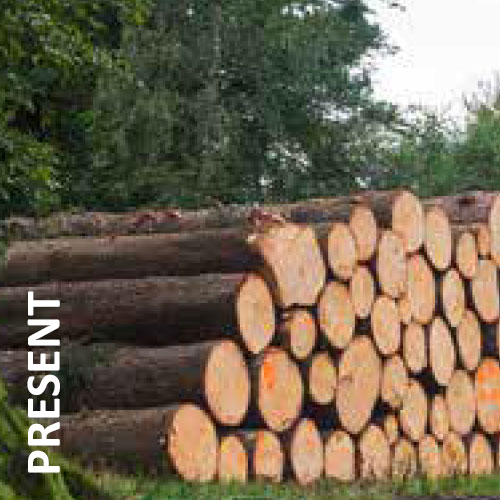
High forest
In a high forest, trees usually grow to be 100 to 180 years old. They can grow into trees with long and strong trunks. Their wood is used mainly for construction and furniture building. Today, modern machines enable the quick and safe harvesting of logs weighing several tons.

When a young deciduous tree is cut down, new shoots grow out of the stump. These grow into thin trunks that can be cut easily and used as firewood. In this way, firewood is harvested again and again for many years. Trees cut like this remain small, and a forest used in this way is also called a coppice forest. Large trees provide valuable timber and are actually too good to burn.
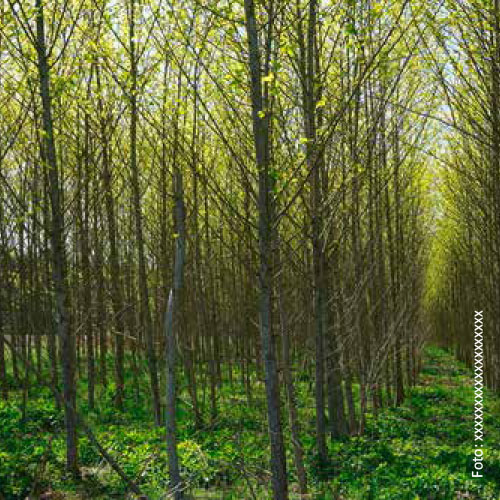
Firewood is a great source of energy because, unlike coal and oil, it grows back. Today, once again there is a lot of wood heating. The modern coppice forest is thus a short rotation plantation or energy forest.
